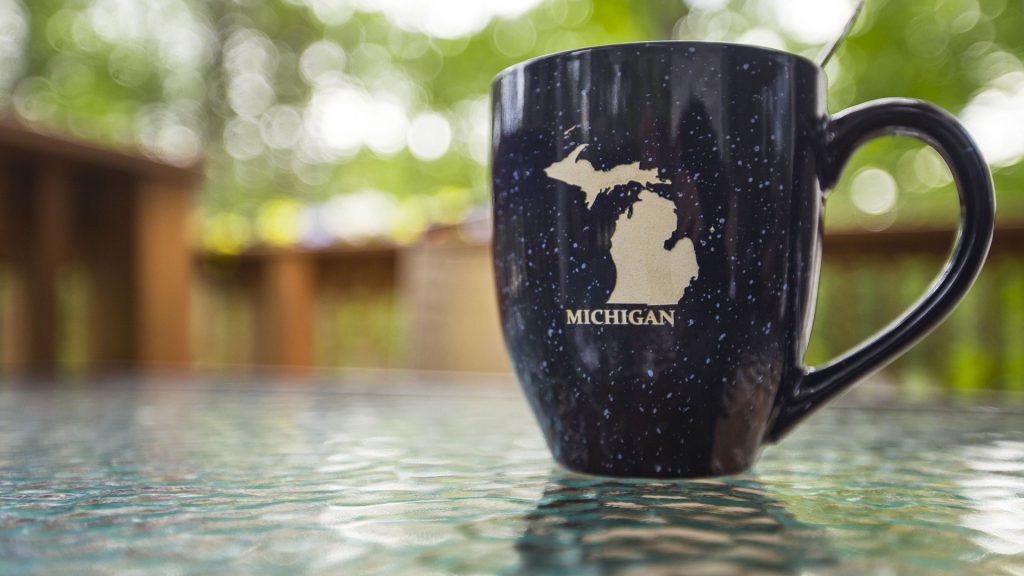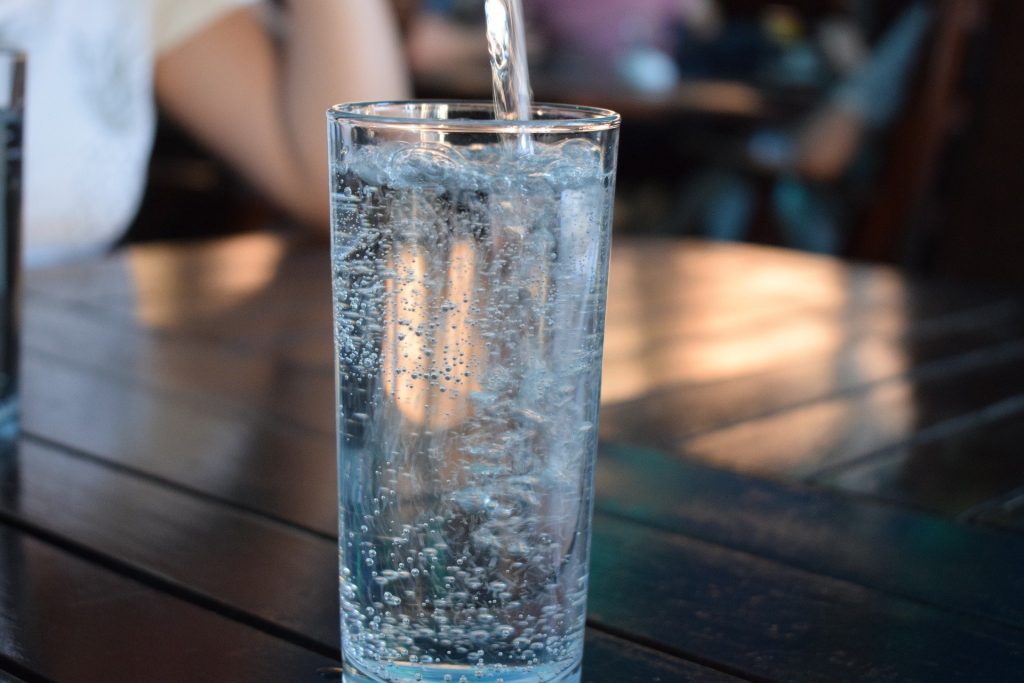Per- and polyfluoroalkyl substances called PFAS are virtually indestructible and infiltrate the bodies of more than 200 million Americans in all 50 states. These cancer-causing carcinogens are present in drinking water across the country.
These man-made chemicals are tough and durable and have been widely used for their ability to repel oil and water in firefighting foams, cosmetics, non-stick cookware (Teflon), anti-static spray, and more. You can’t see, taste, or smell PFAS, so it’s impossible to know whether your water is contaminated unless you test for it.
Since PFAS do not break down over time in the environment, they can easily contaminate soil and drinking water. Over time, these chemicals make their way into the food chain, with 99.9 percent of people worldwide having PFAS in their bloodstream.
PFAS have been around for more than 60 years, and remediation has yet to be discovered…until now. Battelle, a scientific nonprofit, has developed a new technology that can finally eliminate PFAS. Using water oxidation, supercritical chemical bonds can be broken down in just seconds.
Amy Dindal, PFAS program manager for Battelle said, “The [PFAS] threat is real. ‘Supercritical water’ means that you increase the temperature and increase the pressure and you get it into a special state, where the oxidation will occur more naturally. So in this special state, it breaks the [carbon–fluorine] bond.”
Battelle claims it has successfully utilized the process to destroy PFAS in drinking water and has started partnering with the waste management company Heritage Crystal-Clean for further testing.
Brian Recatto, CEO of Heritage Crystal-Clean, said, “I absolutely think it’s an answer that nobody has had before. We’re hoping to have a scalable version of the plant within six- to eight months.”
Reynolds Water Conditioning was established in 1931 and is Michigan’s oldest water conditioning treatment company. Still owned and operated by the Reynolds family, we take pride in providing the highest quality products at a cost-effective price. If your tap water lacks the quality you deserve, contact us today at www.reynoldswater.com or call 800-572-9575.
Written by the digital marketing team at Creative Programs & Systems: www.cpsmi.com.


